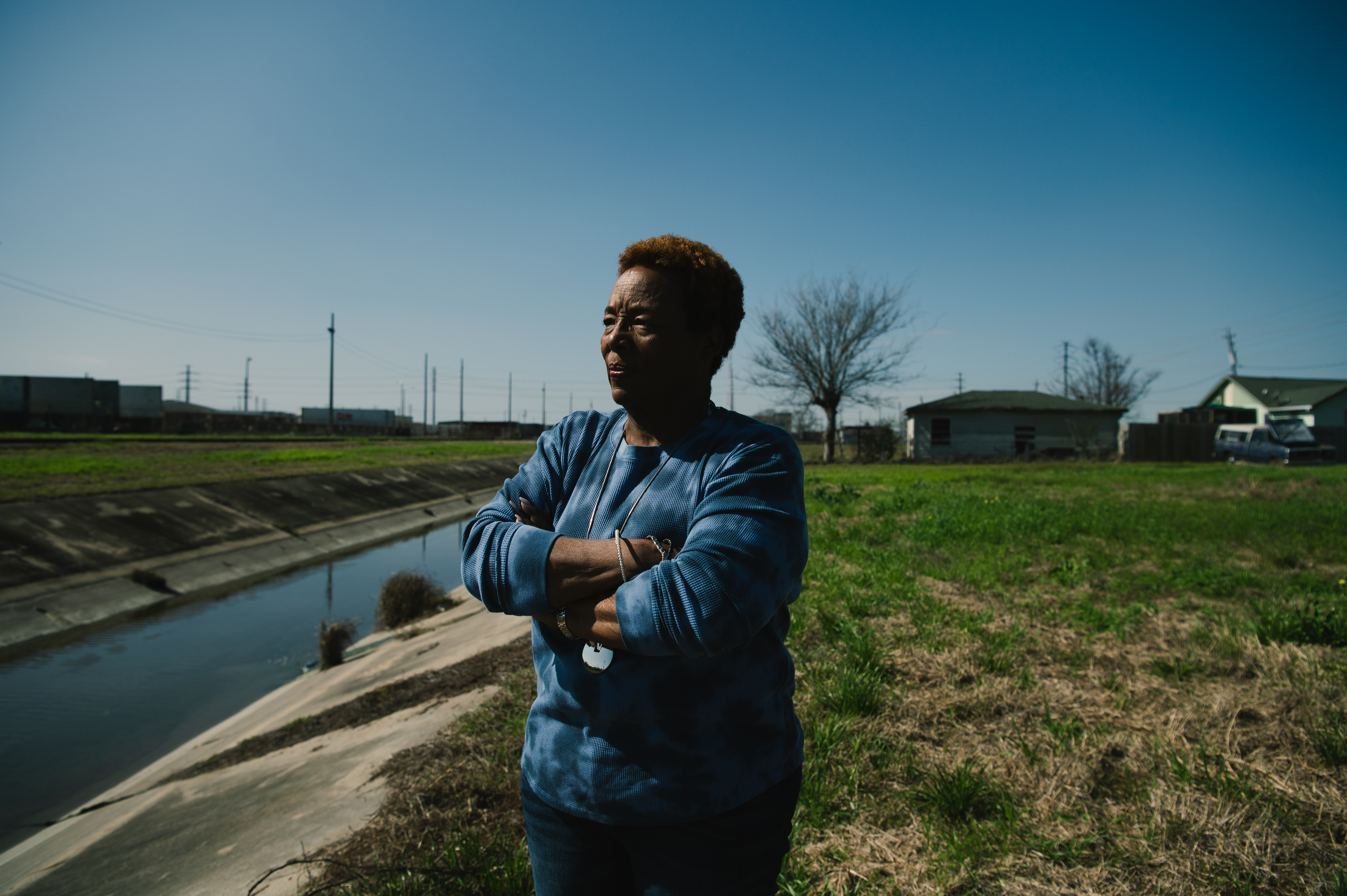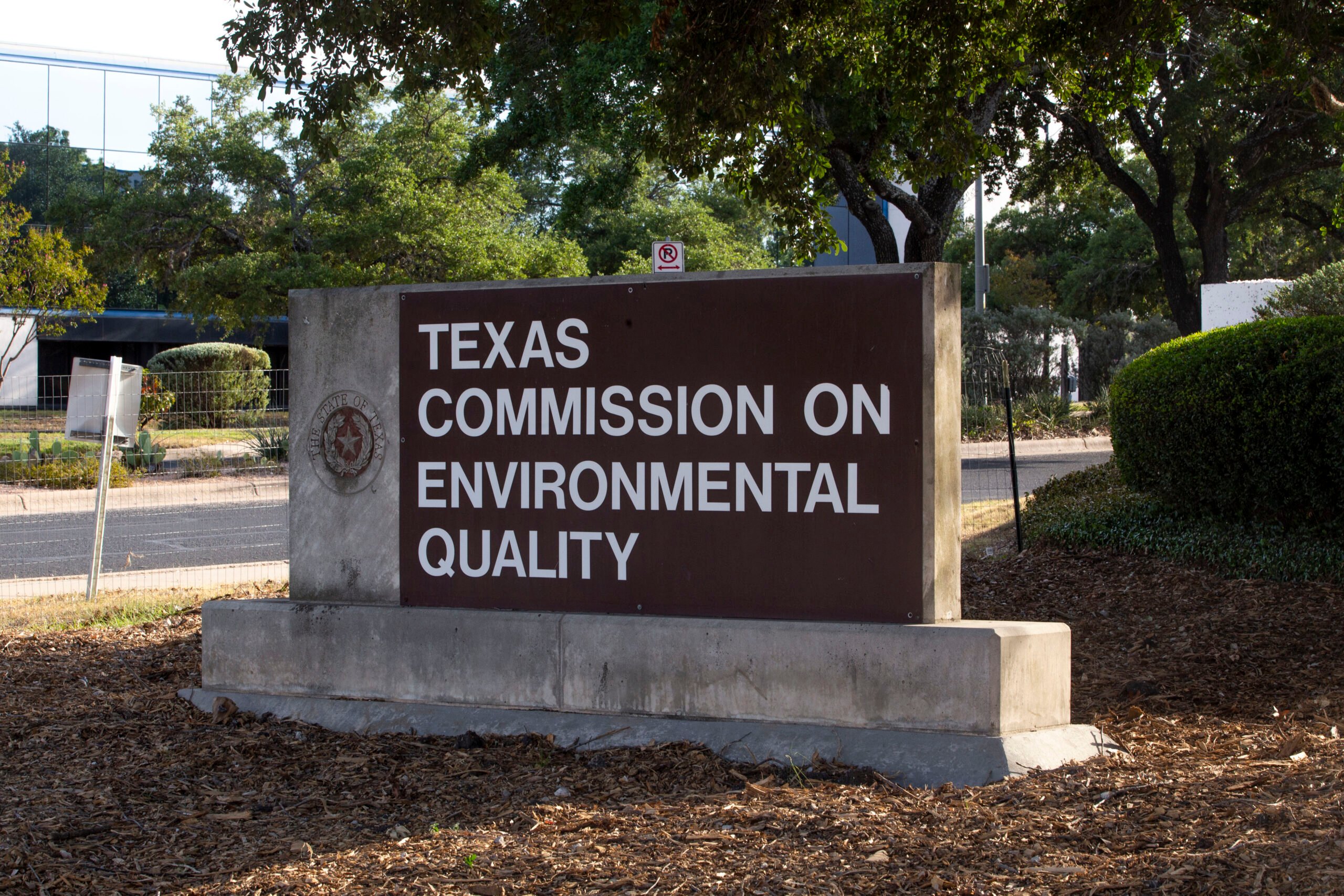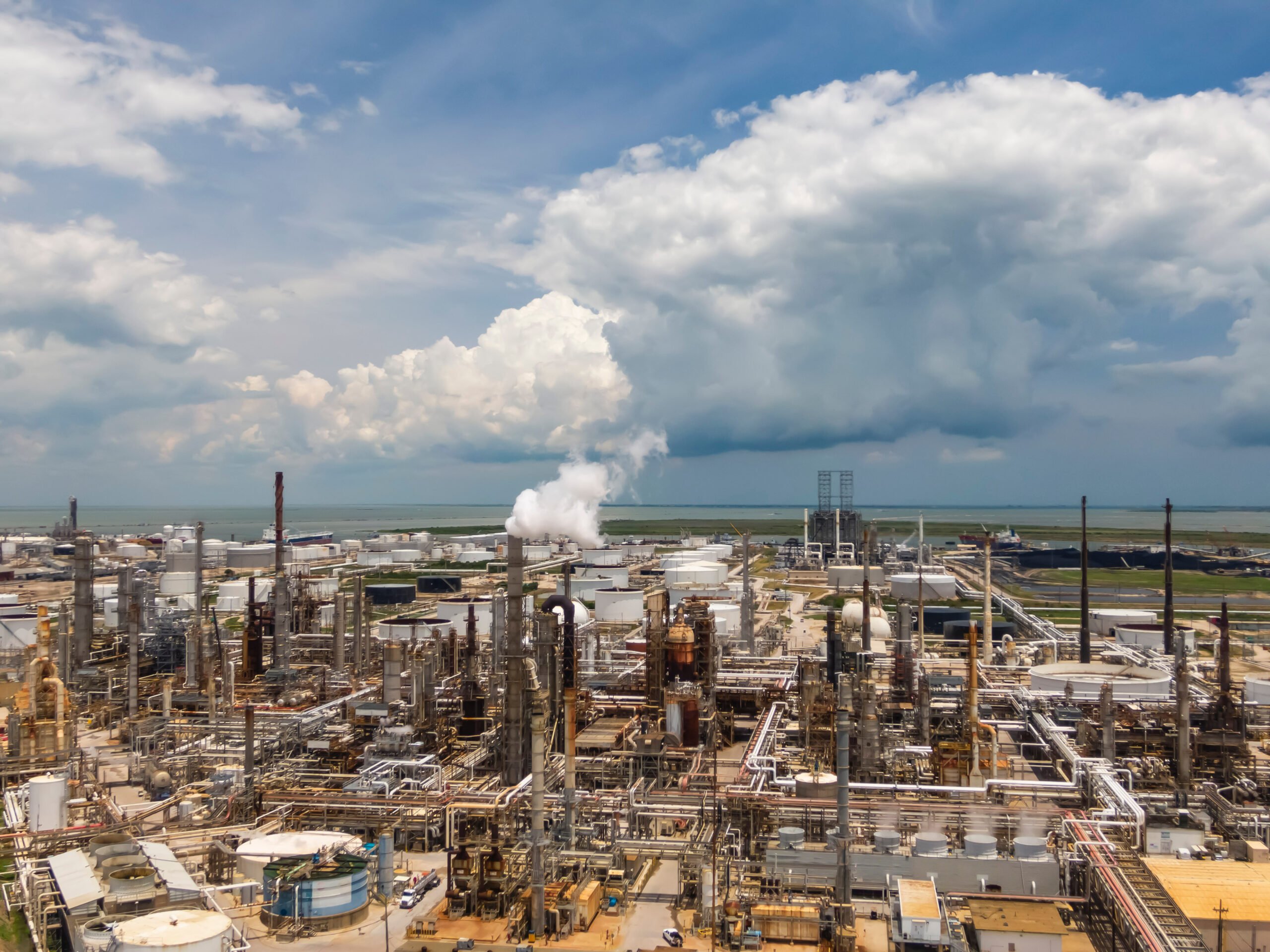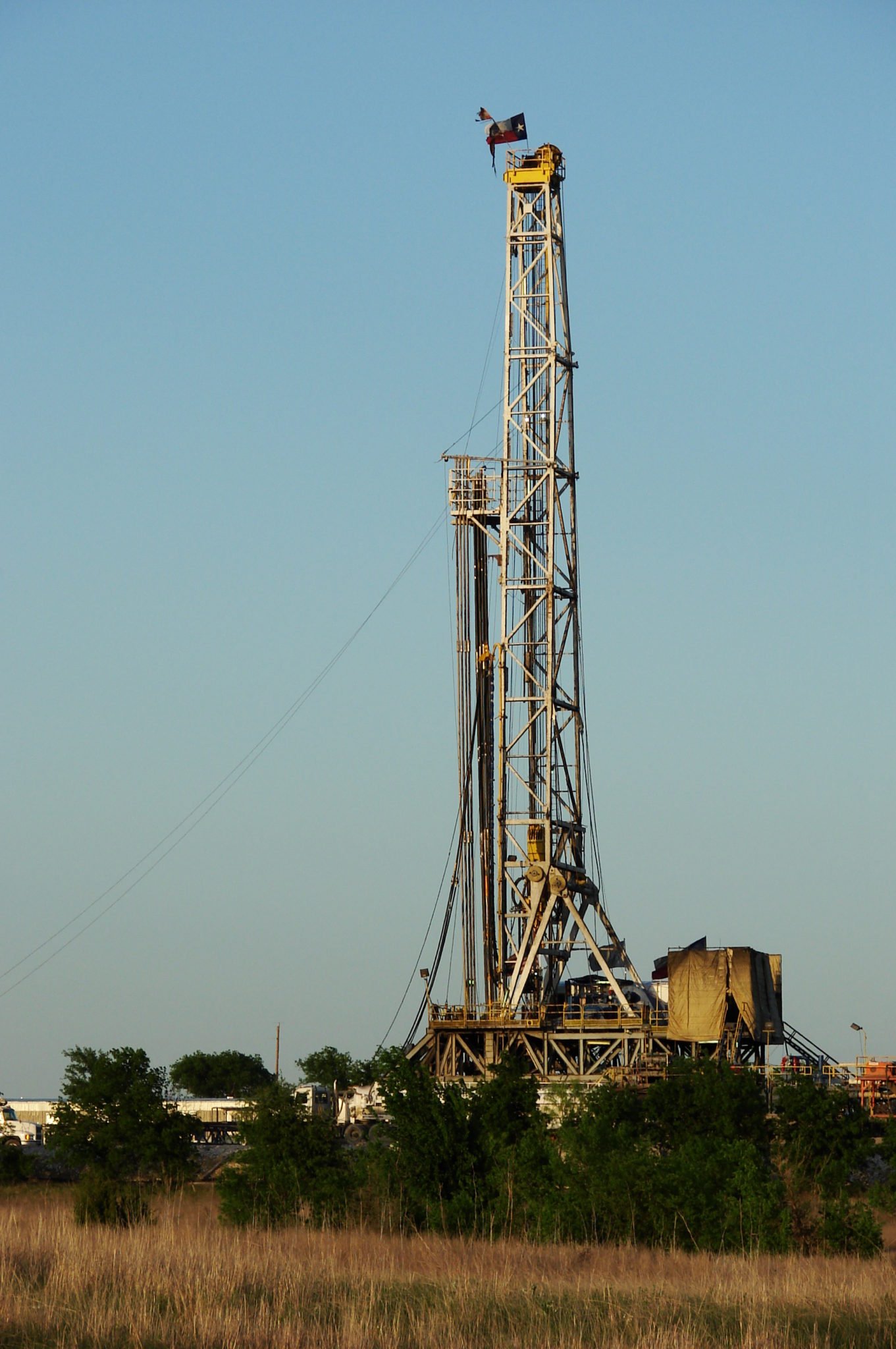
App Lets Texans Find Out How Close They Live to Polluters
Searchable tool places 2.3 million Texans within a half mile of potentially hazardous oil and gas operations.
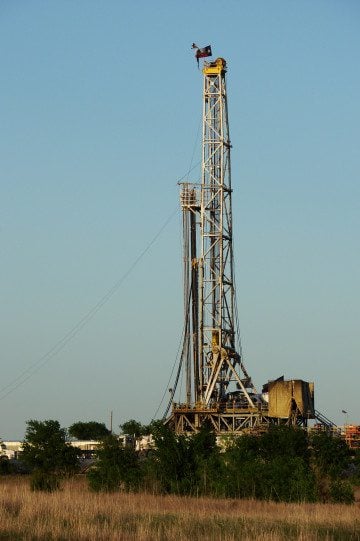
More than two million Texans live within a half-mile of an oil and gas facility, putting them at risk of exposure to toxic fumes, according to a new app released Wednesday by national environmental groups. The online tool — which includes a searchable map — places about a fifth of the state’s area, and more than 900 Texas schools and 75 medical facilities, in the half-mile range.
The app, created by Earthworks, Clean Air Task Force and FracTracker Alliance, is searchable by address and overlays the locations of oil and gas facilities and vulnerable populations with cancer and respiratory health risk information. An analysis published with the map also estimates that by 2017, 82 counties in Texas with a population of 4.1 million or more will face an elevated cancer risk.
“This [app] is so important in Texas is because of the political situation,” said Earthworks’ communications director, Alan Septoff. “The state has vowed never to regulate greenhouse gas emissions and there’s no chance the state of Texas is going to act.”
Texas is among the highest emitters of methane in the country, which environmental groups attribute partly to the state’s under-regulated oil and gas industry. Along with methane emissions comes the release of hazardous chemicals such as benzene, formaldehyde, ethylbenzene and acetaldehyde. But state officials have been resistant to efforts that combat methane pollution.
“We personally have experience trying to help communities that are living with this pollution [in Texas] and state agencies are of no assistance,” said Septoff. “It’s really important that the Environmental Protection Agency act [to cut methane pollution] because Texans cannot rely on their state to protect them.”
Research has also linked exposure to chemicals released during oil and gas production to low birth weights and higher cancer risk. Since the shale gas boom took off in 2008, residents living in close proximity to heavy oil and gas activity in the Barnett and Eagle Ford shale regions have reported a slate of symptoms including nosebleeds, debilitating headaches and breathing difficulties to the Texas Commission on Environmental Quality.
But for even the most diligent resident of the oil and gas patch, collecting information about nearby operators, their emissions and potential resulting health effects can be a challenge. The Texas Railroad Commission, for instance, has an online application that maps oil and gas wells and pipelines, but the tool may be difficult to use for those who are not computer savvy, and it doesn’t provide information about health outcomes in the region.
Septoff said the data should be of particular importance to Texans because of the sheer scope of oil and gas operations in the state, and the number of people affected.
In June, about a month after the Obama administration announced plans to regulate methane leaks from new oil and gas facilities, the Texas Railroad Commission urged the state’s attorney general to sue the Environmental Protection Agency over the rules. Texas Railroad Commissioner David Porter has previously said the methane regulations “kill the jobs Texans rely on to support their families” and are “unnecessary” and “over-burdensome.”
Septoff said his group hopes both that the tool will be a resource to help folks living close to oil and gas activity understand the health risks they may be facing, as well as a push for the Obama administration to adopt methane regulations for facilities already in operation.
